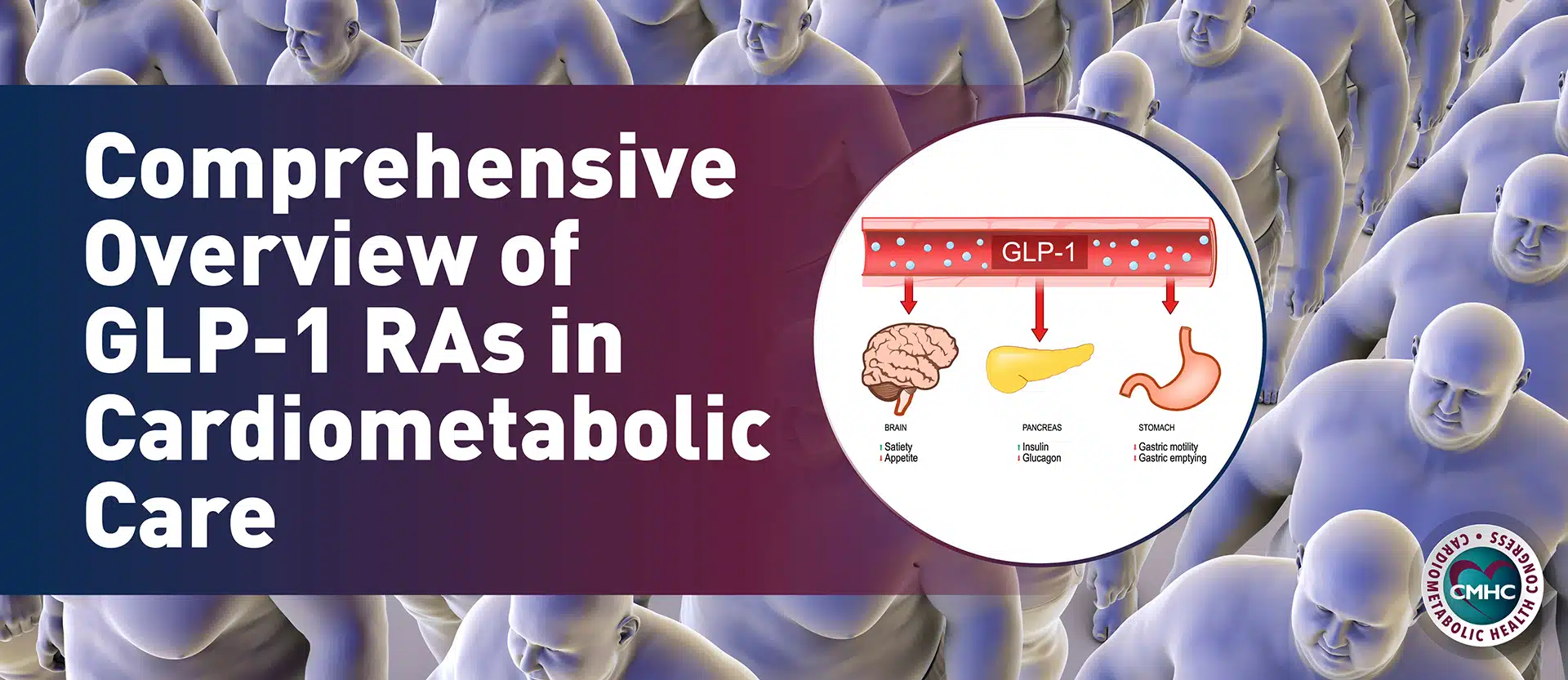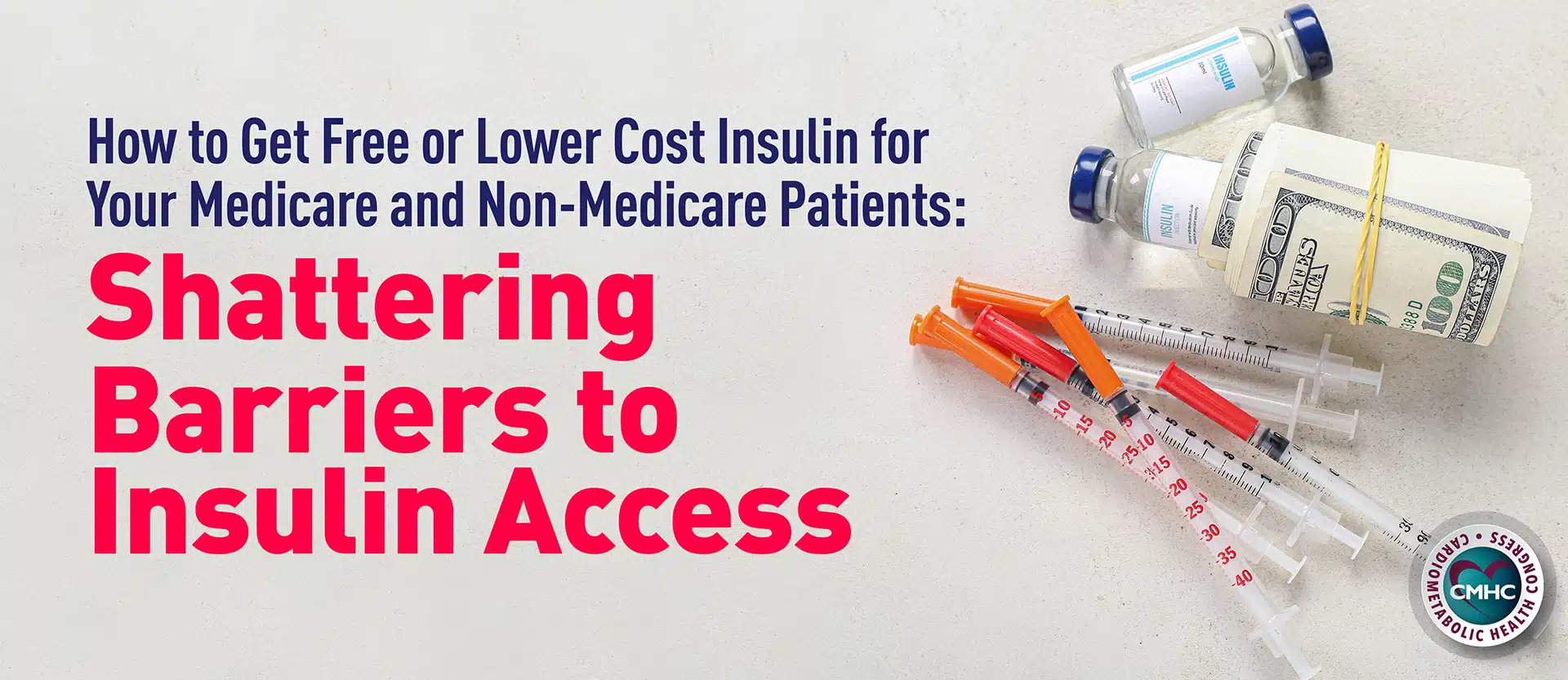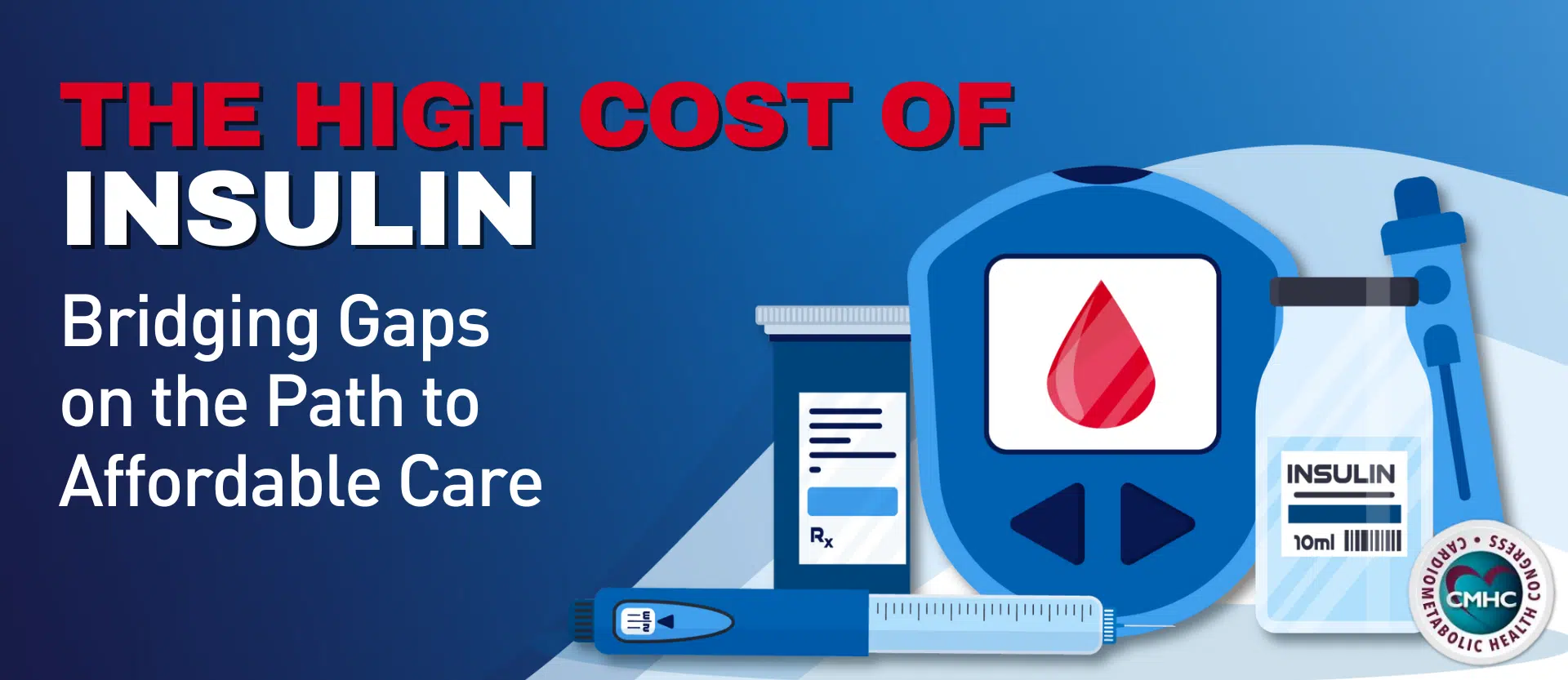According to recently published findings in the journal Annals of Emergency Medicine, which sought to evaluate patient patterns & characteristics of emergency department (ED) use among the geriatric population, diabetes is the most common disease classification for patients 65 years and older—who are frequently admitted to hospital EDs. While health care spending in the United States continues to increase, with the study citing a 5.3% increase to $3.0 trillion from 2013 to 2014, so too does the number of seniors seeking out annual ED visits: with an increase of 24.5% between 2001 and 2009.
Edward M. Castillo, PhD, MPH, an associate adjunct professor in the department of emergency medicine at the University of California, San Diego, wrote with his colleagues: “The ED’s role in delivering care for a large proportion of the population is expanding, especially for older and sicker patients…In comparison to other age groups, older adults use the ED at a higher rate, have longer stays in the ED, and require more resources and medical interventions during their visit.”
In conducting a multicenter retrospective cohort study with data from 326 licensed, general acute care hospitals in California, Castillo and his colleagues used patients aged at least 65 years: all of whom had at least one visit to the ED in 2014. Researchers additionally identified visits in the previous year, and patients were considered ‘frequent users’ if they visited the ED at least six times in a one-year period.
In the 1,259,809 patients surveyed, 5.6% were officially classified as frequent users: comprising of 19.9% of all ED visits throughout the study period. Beyond the frequency of the visits, the researchers noted that diabetes was the most common disease classification for an ED visit (followed by chronic pulmonary disease, renal disease, congestive heart failure, and peripheral vascular disease).
The discussion portion of the report noted that given the increased focus on health care in the aging population, leading to focused interventions to improve and enhance health care delivery mechanisms and decrease the frequency of health care usage, the findings provide “an opportunity to help improve the care of geriatric patients who frequently use acute care services by highlighting specific needs of this population.” It is likely that programs specifically designed to meet the unique needs of these patients may be helpful. The findings additionally confirm the staggering costs of diabetes, and further reinforce the growing epidemic. With the total cost of diabetes and prediabetes in the United States currently at $322 billion, identifying needs and targeted interventions ‘across the care continuum, within the ED, and beyond’ are areas that must be further investigated and explored.

















